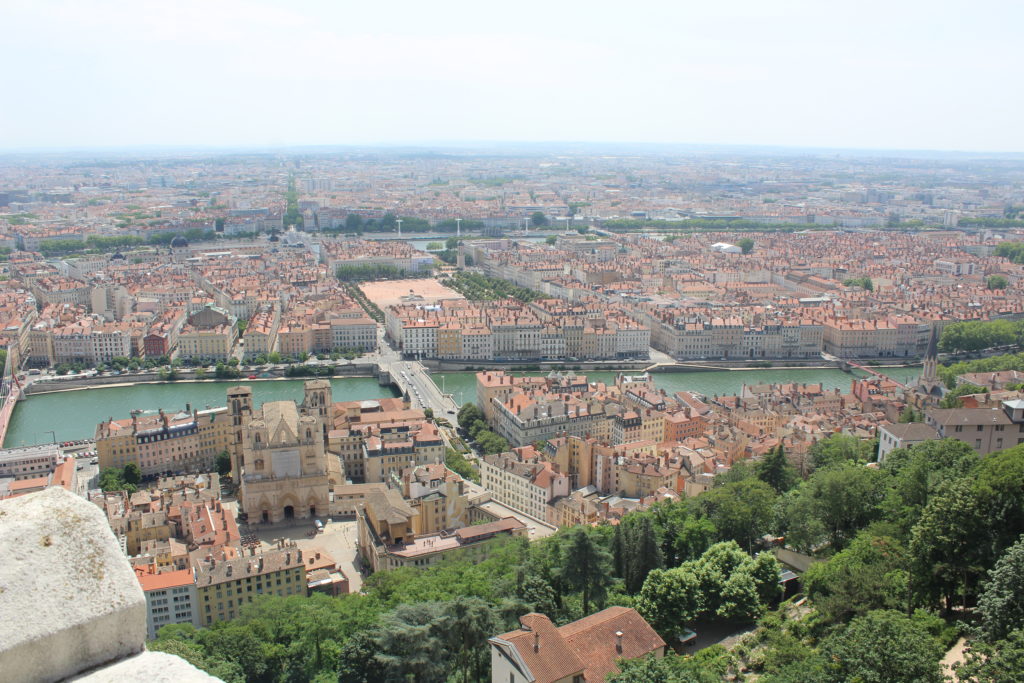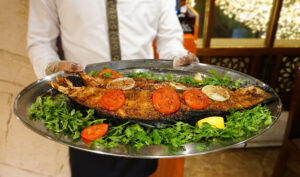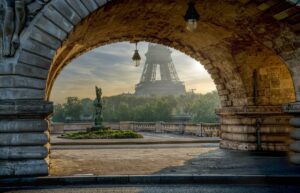Wait, what? How many of you did a double take when you read that headline? Lyon? The gastronomic capital of the world? Not Paris? Now, I need to state for the record that I am no food critic. Nor do I claim to have any sort of expertise when it comes to fine dining. In fact, I have zero expertise. But when it came time to plan my trip to Lyon, I knew two things about this city. One, Lyon has often rivalled, and at times surpassed Paris in its importance within France. And two, Lyon is famous for its cuisine. Historical importance and amazing food? Sign me up.
Lugdunum – The Capital of Gaul
Before Lyon was the gastronomical capital of the world, Lugdunum was one of the most important cities in the Roman Empire. It was founded in the first century BCE on a very strategically important location: the convergence of the Saône and Rhône rivers. This location made ancient Lyon a natural communications hub within western Europe. Before long, the city became the capital of Gaul. Two Roman Emperors were born in Lugdunum, and an entire network of Roman roads converged on this point. The population of Lugdunum once reached as high as 200,000 residents, and it was recognized as the most important city in western Europe.
From Lugdunum to Lyon
The Roman Empire eventually collapsed in the 5th century, at which point Lugdunum became part of the Kingdom of Burgundy. It was once again made a capital city, and continued to be an important urban centre. The city later became part of the Kingdom of Arles, which was subsequently integrated into the Holy Roman Empire. It wasn’t until the 14th century that the city officially became a part of France. More importantly, Lugdunum finally became Lyon.
The newly named Lyon continued to be an important economic and cultural hub within France. It built its wealth in the 15th and 16th centuries through the silk trade with Italy, and Lyon’s merchant fairs turned the city into an economic juggernaut of the Renaissance. Unfortunately, Lyon was also the site of heavy violence during both the War of Religion and the French Revolution. In World War II, Lyon was an important centre of both the Nazi occupation and the French Resistance. It is also the birthplace of modern cinema, as it was in Lyon that the Lumière brothers first invented motion pictures.
A French City Like No Other
Today, Lyon is a beautiful destination for a weekend getaway. It is also the second largest metropolis in France, with over two million inhabitants, so it’s clearly a popular place to live as well. And I can see why. There are Roman ruins and a Roman museum to explore, a beautiful Musée des Beaux Arts, and the architecture of downtown Lyon is distinctly different from any other city I’ve visited in France. And the food is truly spectacular. But the highlight for me was the great Basilica of Notre-Dame de Fourvière.
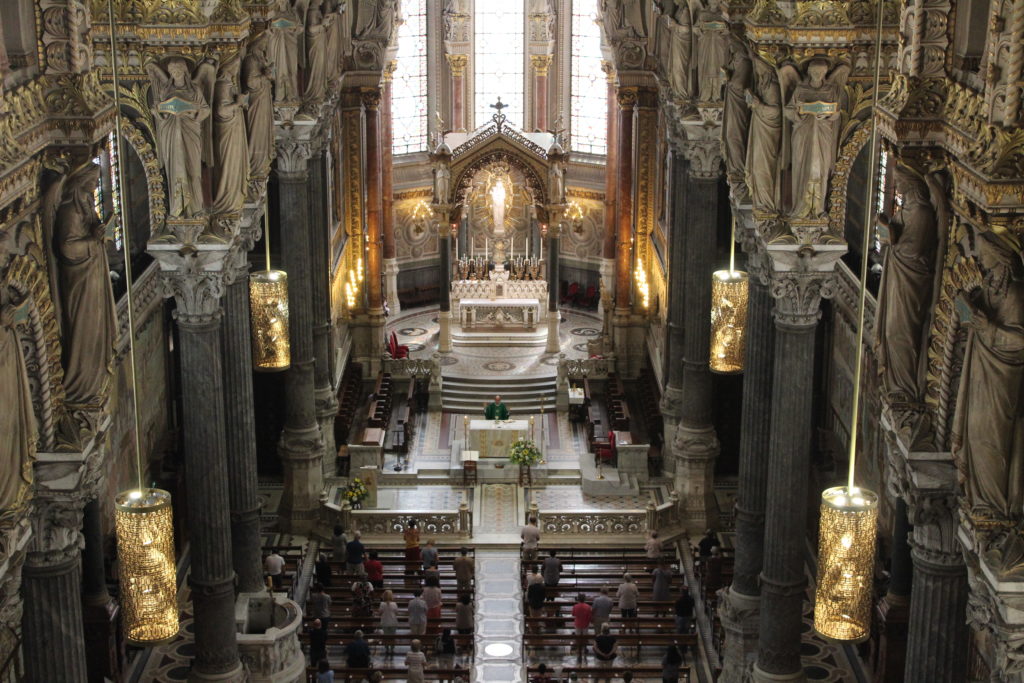
This basilica sits on the former location of the Roman Forum, and it overlooks the city from its position atop the Fourvière hill. It is a relatively recent addition to the city, having been built between 1872 and 1896, and it is spectacular to behold. Almost overwhelmingly so. The interior is one of the most ornately decorated churches I’ve ever seen, incorporating both Romanesque and Byzantine elements. It is also possible to climb to the top of the basilica to see the interior of the bell tower and the basilica roof. You are then rewarded for your climb with a truly stunning view of the city. I spent hours in this basilica, taking in every corner of it, and I don’t regret a single one.
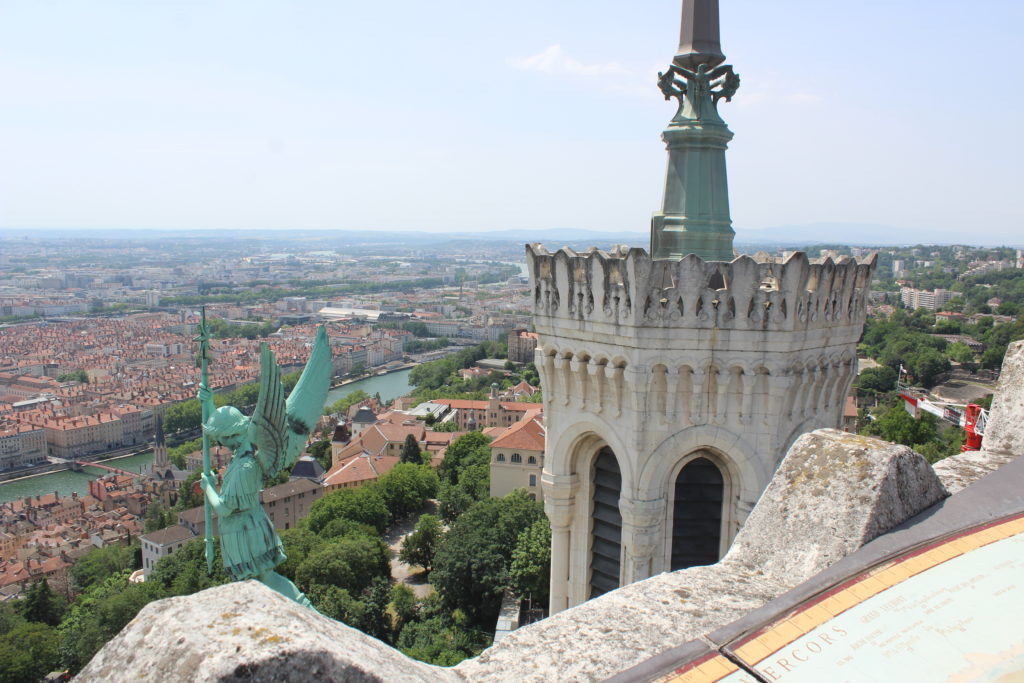
Lyon Has It All
I will admit that I wasn’t sure what to expect from Lyon. It doesn’t have a theatre as spectacular as Orange or an amphitheatre as well preserved as Nîmes. But it does have incredible food, beautiful sites, stunning architecture, and a gorgeous Old Town. In other words, the whole package. If you’re looking for an amazing weekend away, Lyon has got you covered.
Laura Moore is a professional storyteller who loves history and the many stories that make Paris one of the most fascinating cities in the world. Join one of her signature tours to learn the story of a city.

